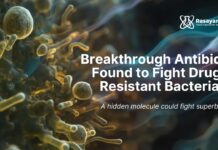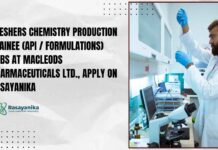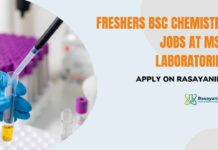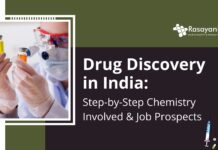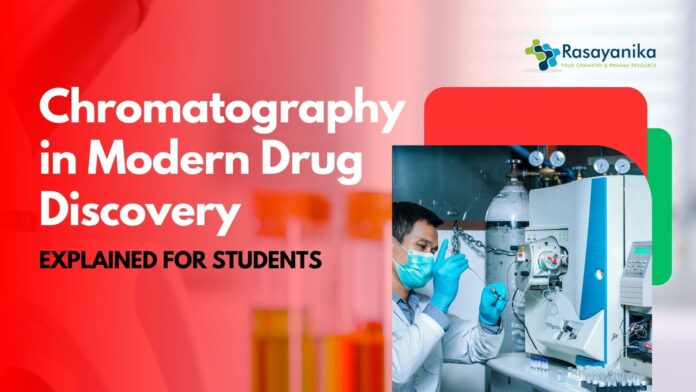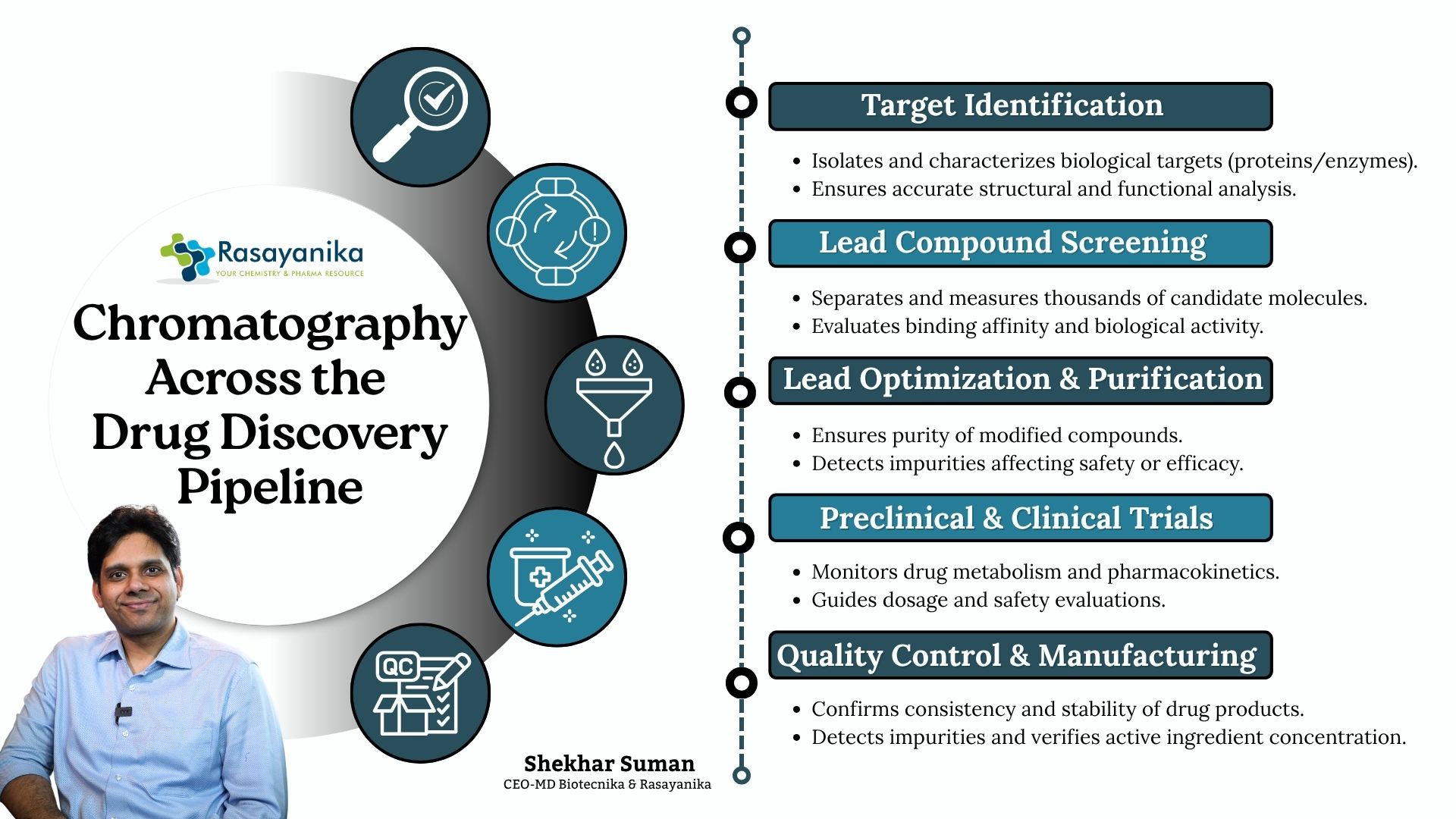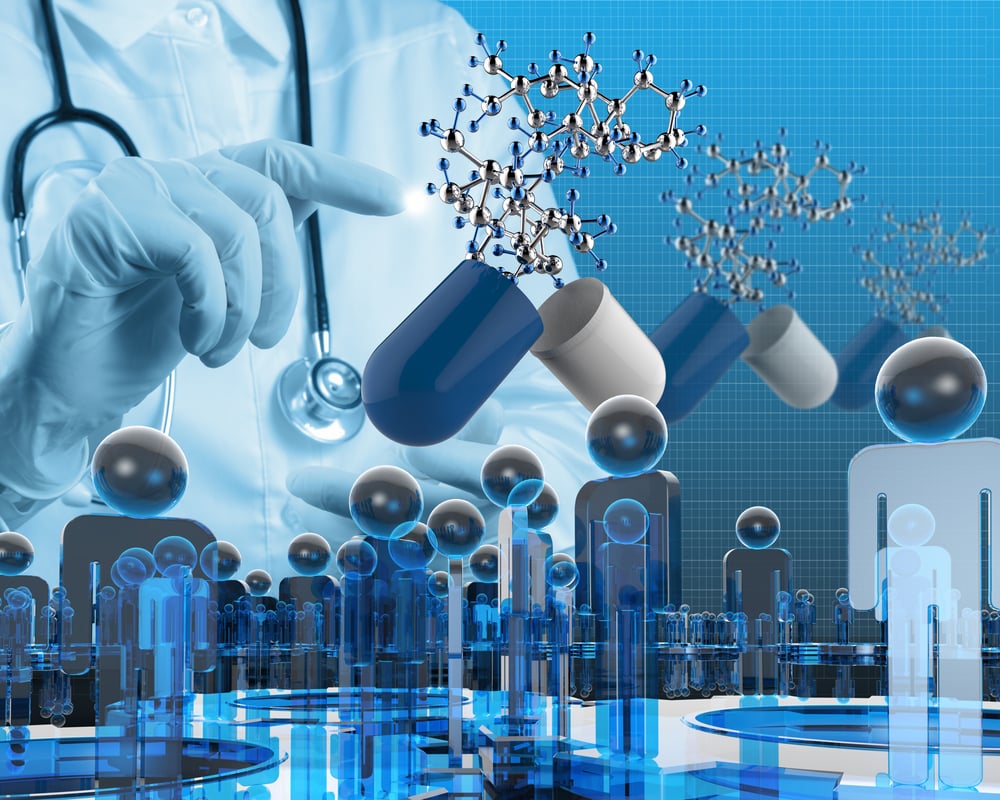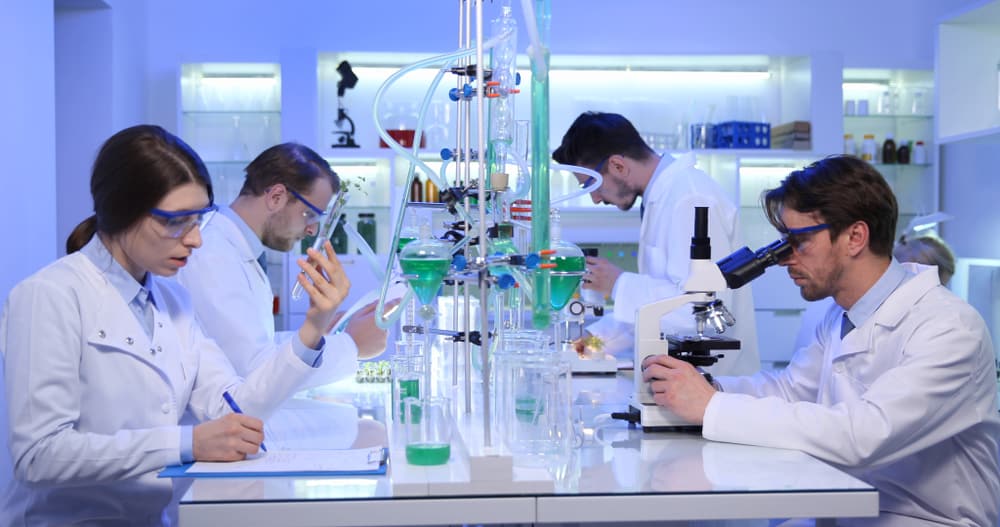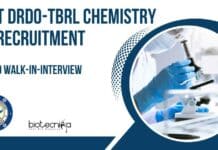Table of Contents
Chromatography in Modern Drug Discovery – Explained for Students
Modern drug discovery is a fascinating and highly intricate process. The area undoubtedly encompasses various domains, including chemistry, biology, and advanced technologies. This interdisciplinary combination not only helps in the development process but also helps to improve the lifestyle. There are multiple tools and techniques required and utilized in the drug development process. One of the most critical processes includes the chromatography technique.
If you are a passionate student seeking a thriving career in the pharmaceutical sector, biotechnology, or analytical chemistry, understanding chromatography is highly crucial. Chromatography in modern drug discovery plays a vital role as it serves as an effective technique to separate and obtain essential components. This article helps you understand the concepts clearly and engagingly, and will also provide insights on key strategies and real-world applications.
Definition of Chromatography:
Chromatography is one of th widely used laboratory technique to separate, identify, and quantify components in a mixture. The word Chromatography derives from the Greek words chroma,
meaning “color,” and graphein, meaning “to write.” This technique is widely used for separating the colored components in a mixture.But in recent days, chromatography is considered as more than just pigment separation. This is extensively used for separating and purifying processes. The technique is mainly used for removing the impurities present in the desirable compound and to obtain it in its pure form. It is extensively used for separating impurities in proteins, metabolites, and drug compounds.
Mechanism of Action:
There are two different phases in chromatography: the stationary phase and the mobile phase. A mixture is passed through a stationary phase, while a mobile phase (either liquid or gas) carries the components. The mechanism of separation is based on the variation in the movement of molecules. Different molecules move at varying rates, leading to their separation. This separation is fundamental for analyzing, purifying, and testing potential drug candidates.
Importance of Chromatography in Drug Discovery
The technique is highly crucial in the research field as it helps in screening thousands of molecules. The separated molecules are first identified and then used in the development of potential drugs.
Chromatography in modern drug discovery is indispensable because it:
- It aids in the purification process. With the help of chromatography, one can ensure that the correct compound is selected and the intended compound progresses to testing.
- The technique also enables the researchers to detect metabolites. Thereby, it provides an insight into how the drug behaves in the body.
- One of the significant benefits of chromatography in modern drug discovery is the ability to identify impurities. This enhances the quality of drugs being developed. And also will ensure regulatory compliance and guarantee the safety of drugs.
- Chromatography in modern drug discovery enables researchers to study the drug-protein interactions. This is a very crucial step in understanding and revealing how molecules interact at the molecular level.
Overall, we can conclude that without chromatography, the drug discovery and development process would be much slower. The process will become less precise and more prone to error.
Key Chromatography Techniques
Various chromatography techniques are applied at different stages of drug development. Some of the most important include:
- High-Performance Liquid Chromatography (HPLC)
HPLC is widely used in pharmaceutical labs for its precision and efficiency. The technique is known for separating complex mixtures and also enables the analysis of drug purity. Additionally, the method is used to detect degradation products and study metabolites.
- Gas Chromatography (GC)
GC is widely used for highly volatile compounds. This particular chromatography in drug discovery helps in not only identifying the impurities but also enables the identification of synthesis byproducts. When GC is combined with mass spectrometry (GC-MS), it is observed that highly sensitive and accurate results are obtained.
- Liquid Chromatography-Mass Spectrometry (LC-MS)
This chromatography in modern drug discovery is known to help in mass detection procedures. LC-MS merges separation with mass detection. It is crucial for studying drug metabolism, pharmacokinetics, and compound identification during the drug discovery and development process.
- Affinity Chromatography
This technique is considered one of the vital separation methods in biological drug discovery research. Affinity chromatography is used in isolating biomolecules such as antibodies and proteins. It is also extensively used in the vaccine development process.
- Ion Exchange Chromatography
The primary idea behind this chromatography technique is the separation of molecules based on their charge. The ion exchange chromatography technique is widely used for purification purposes. It helps in purifying compounds such as monoclonal antibodies and proteins.
Chromatography Across Modern Drug Discovery Stages
Chromatography in modern drug discovery plays a role in almost and every step of the drug discovery pipeline:
Stage 1: Target Identification
Researchers identify biological targets, such as enzymes or proteins, that are involved in disease. Chromatography helps study these molecules and their interactions with potential drugs.
Stage 2: Lead Compound Screening
Thousands of molecules are screened to find promising candidates. Chromatography techniques ensure the accurate separation and measurement of compounds for testing purposes. LC-MS, in particular, helps identify molecules that bind effectively to targets.
Stage 3: Optimization and Purification
Once a lead is selected, it should undergo a rigorous refinement process. Chromatography ensures the lead compound is pure and removes any unwanted impurities.
Stage 4: Preclinical and Clinical Studies
During animal and human trials, chromatography is used to monitor drug metabolism and concentration in tissues. HPLC and LC-MS are standard tools for measuring how drugs interact with the body.
Stage 5: Quality Control
Before approval, chromatography ensures drug safety and consistency. It confirms purity, identifies contaminants, and maintains batch-to-batch reliability.
Real-World Applications
- Cancer drug development: LC-MS is used to study interactions of anti-cancer drugs with cellular proteins.
- Vaccine production: Affinity chromatography is used to purify proteins for vaccines.
- Biologics and monoclonal antibodies: Ion exchange chromatography ensures product purity and consistency.
These examples demonstrate that chromatography is more than a lab technique—it is central to modern medicine.
Benefits for Students
For students pursuing pharmaceutical sciences, biotechnology, or analytical chemistry, learning chromatography is invaluable. Knowledge of HPLC, LC-MS, GC, and other chromatography techniques strengthens analytical skills and prepares students for research, clinical labs, and quality control roles. Employers highly value graduates who can operate chromatography systems, interpret data, and apply techniques to real-world challenges.
Modern Drug Discovery: Future Trends
The future of chromatography in modern drug discovery is exciting:
- High-throughput and miniaturized systems allow rapid analysis of thousands of samples.
- Green chromatography reduces the use of toxic solvents, promoting sustainable drug development.
- Automation and AI integration streamline data collection and analysis, improving efficiency and accuracy.
As drug discovery evolves, chromatography will continue to be a cornerstone technology.


